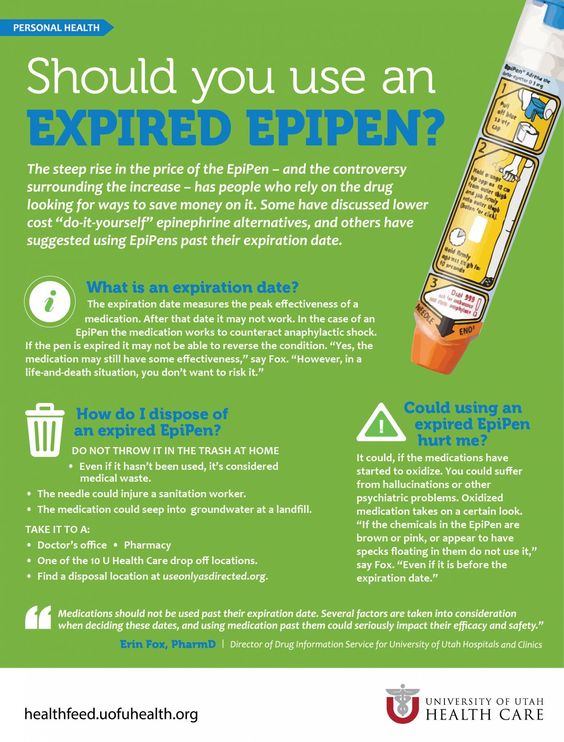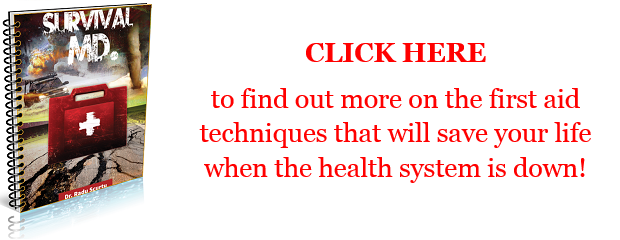Written by R. Ann Parris on The Prepper Journal.
Boosting Our Garden Productivity
Pick the Right Plants
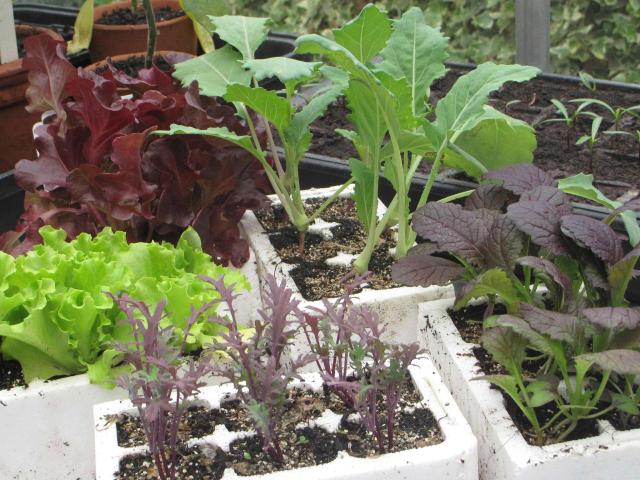
Sometimes if we’re after heirlooms and open-pollinated plants so we can collect seed, it can be tough, but whenever possible, selecting local or regional plants and seeds will boost our success. They’re adapted to if not developed specifically for our climate, so there’s a better chance of them performing for us than something that was produced across the country, even of the same cultivar.
If we can’t find our choices locally, we can do some research. There are some proven winners that work across multiple USDA growing zones for most types of veggies and even most of the field crops we’ll grow.
Most of our county extension, state Ag department, and the Master Gardener’s programs will have stock lists of varieties that perform well regionally within the state and county. Remember that the Big Ag guys are going to most likely be spraying and irrigating, so look for and ask about dryland farming varieties and varieties that are resistant to pests.
We can also improve our gardens by selecting disease-resistant varieties whenever possible. Not dealing with a crop illness at all is far easier on the labor, pocketbook, and productivity of a garden.

We also want to pick the right plants for us, and the right number of plants.
Ten or twenty tomatoes take a lot of work, and a lot of resources. On the other hand, ten or twenty pea or bean plants is likely to only yield enough for a couple of meals at once. Four-square-feet of corn is nearly nothing – one, maybe two meals for 4-5. Four-square-feet of spinach could be salads and greens for a whole season, depending on family size.
Determinate plants dump the majority of their produce all at once, which can lead to a glut we have to deal with, and then they die. That can be good or bad.
If we want to go with determinates, for some things like squash and tomatoes, maybe we stagger two to four plants at a time for a small family or a beginner. It makes less to deal with at one time, and it lets us re-plant after them at a reasonable pace for busy people as well.
Alternatively, maybe we go with a longer-lived set of indeterminate plants that trickle in produce at a rate we can consume or process easily.

Proximity – Plan garden plots along paths we already take, and near the resources they’ll need.
Proximity
Location, location, location – we hear it all the time when finding property, but it’s just as important once we have our space to play with. The closer we can put our gardens to our homes, the more attention they’re going to get and the less time we’re going to spend crossing ground to go weed, water, fetch tools, and harvest.
Once we’re hitting about fifty-percent of our veggie consumption, it’s tough to keep the whole garden close at hand, but we can still keep rotations plants that require a lot of water, that get harvested from regularly, and our problem-prone plants near at hand.

The closer we can put our gardens to our homes, the more attention they’re going to get
We also want to be mindful of proximity to water. Since rooflines are going to be our most common rain catchment points (using our free salvaged buckets and totes), we can check both those boxes keeping at least some of our beds along our common walkways to and from the house and garage or sheds, or establishing beds near doorways and outdoor water faucets.
With our beds near the house, we’ll then also want to keep some of the maintenance basics like hand tools and maybe a watering can right there handy as well. The most regularly used items are fairly compact, so they should fit right in with our porch broom or a bucket or deck box near the door.
Eliminate Ego

Right up there with making our life easier by picking out plants that are proven winners and producers, is giving ourselves a break. The neighbors might have a bare earth garden without a speck of a weed. Martha Stewart and the Neeleys might have awesome, bountiful beds with expensive chipped mulch or thick mats of straw.
Good for them. They’re not us.
We can take advice from them if we want – and if their advice falls in line with our growing style, and the desire to be more self-sufficient, which means cutting some of the umbilical cords to Lowe’s and Tractor Supply. We can ask what varieties they use, maybe even trade some seeds. We need to not compare ourselves – or our gardens – to them and theirs.
Every person and family is different, and soil changes step by step. The extra time being cultivated, a reliance on outside fertilizers, different wind and sun patterns, and a devotion to watering can all have effects.
We also need to just be nice to ourselves. If the weeds aren’t big enough to bother the plants, they’re not hurting anything; take a few minutes to enjoy family or a book now and then. If we have to pick between having cardboard between rows and beds, or running a tiller or weed-eater or hoe, go with the time and fuel and labor-saving ugly.
All our garden should be about is our yield and our health and our abilities, compared only to our past.
The rest of it, that’s just ego. Hubris is how mere mortals take down the gods and giants in all the good stories. Stick with humble and happy.
Slow, Steady Solutions

This is actually a permaculture principle. What it means is that we add things at a pace where we can handle them, where they will thrive, and where we can accept feedback from them – and adjust accordingly. It goes hand-in-hand with that ego point above. But also, it’s about learning, and not getting overwhelmed.
Whether we’re just starting or expanding, it can be tempting to go for broke. And sometimes, we break. Then we get discouraged, either by a method and we write it off, or by this whole gardening thing in general.
We can also break the bank trying to do it all at once, either getting started or making changes or trying to keep up with others’ results.
Deciding on our pace should include a look at our financials. Sometimes it’s more economical to buy or rent a machine and get lots done in a few hours, but sometimes we’re better served with a shovel and a post-hole auger and working by inches over days and weeks.
We do need to get started with gardening, but make changes and expand at a pace we can maintain. In the end, we’ll have a better situation than if we rushed around and ended up unhappy or worn out later.
Leave Room to Renovate

When we eke out our plots and expansions, we can benefit from leaving ourselves some elbow room through and around them. Especially if we’re new, we might also want to use a more temporary “build” for the first few rounds.
Container gardens, lasagna beds, using established flower and ornamental beds for veggies, expanding at the base of trees or hedges just a foot or two, and inexpensive beds made from things like shelving units can help with that. So can doing an unbounded, free-form bed instead of starting off with brick or timbers.
That way we have a chance to test out our water solutions, placement around our homes and placement of our tools, our composting systems, make sure it’s not too dry or too sodden or in a frost pocket or heavily shaded come June, exposed to winds, or affected by our livestock locations, and then actually apply the feedback that our plants themselves will give us.
Then we can go around and reinforce our beds with timbers and CMU if we’re happy, or reassemble them somewhere else if we’re not, or go whole-hog with our in-ground, tilled-out methods.
Having extra elbow room also allows us to try out new methods as we become aware of them, and have space to maneuver or change focus as we lose mobility due to injury or age, or as our family situation changes.
In the end, our gardens and our time in them will be far more productive if we leave ourselves room to adjust for better efficiency or economy down the line.
Bed Down Beds

Cover vegetable beds with leaves in the winter.
At the end of the season, cover garden soil with something, no matter what it is – tilled plots eked out of the yard, actual built raised beds, unbounded lasagna beds, pots and planters.
Maybe it’s newspaper you soak and then weigh down with loose sticks and rocks and the brick/CMU for a later project, or cardboard that gets screwed into timbers. Maybe it’s a tarp, some old shower curtains, or a patchwork of trash bags and duct tape. Maybe it’s a layer of mown leaves and pine needles. In some cases, you might actually plant a cover crop that will grow for a bit and then get killed off in winter’s cold, forming a mat.
Do whatever it takes, but cover gardens for the non-growing seasons.
It’ll reduce the amount of work necessary to start all over in spring, because it’ll prevent or limit weeds – especially from trees that have long, hard-to-kill roots and the most prolific annuals – and in some cases, it will deprive any that are already in the soil of light come spring.
In most cases, covers of all kinds will also help prevent compaction from winter and early spring rains, so it’ll take less work to loosen soil for planting again.
Even piles of unused mulch can benefit from being covered.
Mulch is there to help us prevent weeds on top of the benefits of reducing compaction and creating a slow-breakdown feed for our beds. If it sits open to the sky, weed seeds can blow in, and some of those weeds will get roots going all the way through the pile, a foot or more deep. We don’t really want to be moving weeds into our garden beds, especially not when there’s a fast, easy way to prevent it.
Garden Management Practices

How we manage our gardens, and even the mentalities we adopt as we plot them out and watch them over the season, has major effects on how much yield they return.
Siting and plant selection in particular is crucial, no more so than for busy people. It’s also crucial that we be realistic with ourselves and with our goals – because every style of gardening requires at least some labor and inputs from us to be successful.
Veggie gardening can be rewarding, but it can also be frustrating. Using practices that make it a little easier to get started now and that leave room for improvements in the future can limit some of the frustrations, and can let us work out the kinks while there are still grocery stores filled with cheap produce to cover our gaps.
The post How to Get the Most Food from Your Survival Garden appeared first on The Prepper Journal.
from The Prepper Journal
Don't forget to visit the store and pick up some gear at The COR Outfitters. How prepared are you for emergencies?
#SurvivalFirestarter #SurvivalBugOutBackpack #PrepperSurvivalPack #SHTFGear #SHTFBag



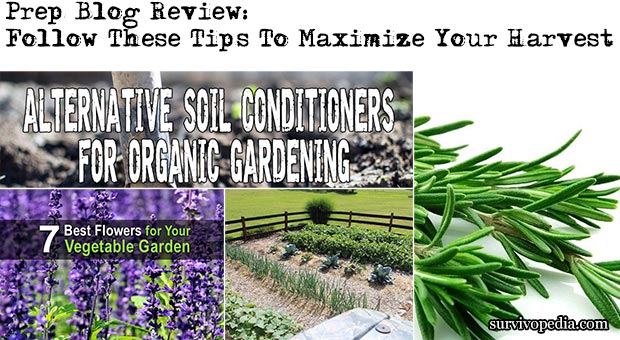
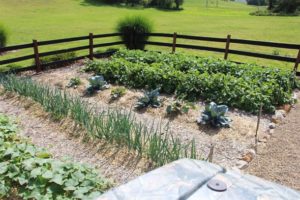 “If there is one simple gardening method that can help feed your family consistently, its succession planting.
“If there is one simple gardening method that can help feed your family consistently, its succession planting.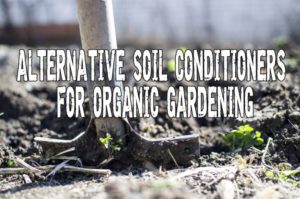 conditioners. The ones described in this article are alternatives to compos and manure.
conditioners. The ones described in this article are alternatives to compos and manure. “If you want a healthy garden, whether decorative, or an edible vegetable garden, you absolutely need to incorporate flowering plants. As a critical part of any healthy ecosystem, flowers provide food and/or habitat for beneficial insects (especially bees and butterflies), and humming birds, while adding natural aesthetic delight for children and adults alike.
“If you want a healthy garden, whether decorative, or an edible vegetable garden, you absolutely need to incorporate flowering plants. As a critical part of any healthy ecosystem, flowers provide food and/or habitat for beneficial insects (especially bees and butterflies), and humming birds, while adding natural aesthetic delight for children and adults alike.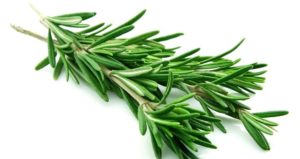 those recipe cards from the 1970s?
those recipe cards from the 1970s?





 People strive for independence from big government for different reasons. Maybe you’re a “traditional” prepper who is worried about, and preparing for, a future disaster. Until then, you may be perfectly happy living with all of the modern conveniences. On the other hand, you may be seeking to be self-sufficient today and in the future.
People strive for independence from big government for different reasons. Maybe you’re a “traditional” prepper who is worried about, and preparing for, a future disaster. Until then, you may be perfectly happy living with all of the modern conveniences. On the other hand, you may be seeking to be self-sufficient today and in the future.
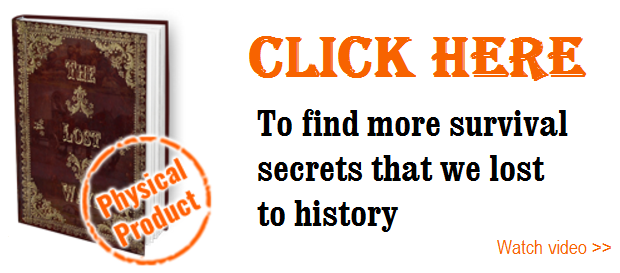









 Piggy Bank vs. Zero-Balance: There’s going to always be a balancing act between
Piggy Bank vs. Zero-Balance: There’s going to always be a balancing act between 
 Nowadays, more people are falling victim to a range of illnesses that require supervision and medication from a doctor.
Nowadays, more people are falling victim to a range of illnesses that require supervision and medication from a doctor.